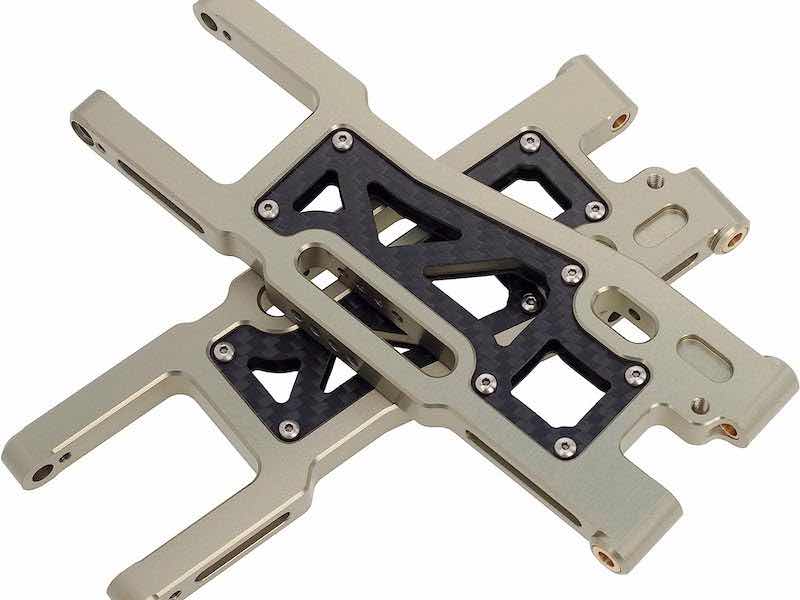Blistering of the anodic coating on 7075 alloy parts is a common but elusive problem that many anodizers face.
 Larry ChesterfieldThere have been many different opinions expressed over the years to explain this phenomenon, but none have seemed scientifically viable.
Larry ChesterfieldThere have been many different opinions expressed over the years to explain this phenomenon, but none have seemed scientifically viable.
So, I posed this question to Dr. Judy Runge, a well-known Ph.D. metallurgist and anodizing expert. Here is what she said:
“Blistering in 7000 series alloys is often mistaken for hydrogen blistering. Aluminum is not susceptible to hydrogen embrittlement except in extremely rare cases. Blistering occurs a lot more frequently, and this is why:
The diffusion model of the anodic process shows that only aluminum is anodized, and the short-range structure that grows and develops into the AAO (anodic aluminum oxide) is comprised only of aluminum and oxygen. This leaves the other alloying elements behind, either entrained at the interface or jumping through the molecular holes in the anodic coating semiconductor structure into the electrolyte. Zinc, especially when it oxidizes, is too big to jump through the holes in the structure. It remains at the interface between the substrate and the AAO, and it oxidizes under the anodizing conditions as it sits at the interface. This creates a loosely adherent boundary between the anodic oxide and the aluminum substrate. It results in a naturally occurring stress point between the finish and the substrate, so now we have moist “gravel” in the form of zinc oxide at the interface. Any subsequent thermal cycling may cause these areas to delaminate or “blister.” It can be that the blisters are simply not visible until after dyeing, that the process parameters of dyeing allow them to really develop. If a longer initial ramp period is used to get that zinc moving away from the interface early in the anodizing cycle before the finish gets too thick, the occurrence of the phenomenon goes way down. Try “baking” some parts at 150C for an hour before anodizing to see if this makes the problem go away – it won’t – but if it were truly a hydrogen problem, it would.”
We finally have a viable explanation of how and why blistering can sometimes occur on high zinc alloys. The root cause is the high amount of zinc in the 7075 alloys. The degree of blistering, or whether it even occurs or not, can vary from batch to batch of metal. Since the zinc may not be perfectly evenly distributed throughout the metal substrate (due to differences in the migration rate of the alloying elements during heat treatment), some machined 7075 parts may have blistering, and some may not.
Some parts may have blistering on one surface but not another. Because the alloying elements migrate through the aluminum-AAO interface at a different rate than the aluminum does, it appears that the best chance of reducing the occurrence of blistering is to use a very slow ramp rate (longer ramping period) when the current is first turned on.
The faster the current is ramped up, the faster the aluminum migrates from the substrate to the anodic surface, and the faster an anodic coating is built up. This can increase the chances of the alloying elements, especially zinc, being “left behind” or trapped at the interface. This causes the loosely attached anodic coating described above and increases the opportunities for subsequent delamination of the coating due perhaps to the stresses of thermal cycling caused in the dye or even the seal.
Using a ramp period of 10, 15, or even 20 minutes could help reduce the occurrence of blistering. However, the longer ramp time may not completely eliminate it. There may be very little the anodizer can do. It’s the metal that is causing the problem, and the anodizer can only try to ameliorate it as best as possible.
Larry Chesterfield is President and CEO of Anodizing Technologies, Inc. He has experience in a job shop performing anodizing, painting, and fabrication and now offers equipment systems design and build, anodizing technical expertise, and operations/process troubleshooting. Visit www.anodizingtechnologies.com or email him at larry@anodizingtechnologies.com



































